Playing futures!
Explore the power of indie games as a learning tool to shape sustainable futures. Dive into a unique space where students and educators use gameplay to imagine ecological solutions, experiment with ideas, and spark creativity. Join us in rethinking the future!

Combining possibilities!
Environment as Backdrop
The environment is portrayed as a static or unchanging backdrop against which the game’s action takes place.
Environment as Resource
The environment is viewed primarily as a source of resources that players can exploit for their benefit.
Environment as Antagonist
The environment is depicted as a hostile force or adversary that poses challenges and obstacles for players to overcome.
Environment as Text
The environment is co-created by both players and the game space itself..
Non anthropocentric
Non-human animals are at the center.
Anthropocentric
Human animals are at the center.
Resources
Unlock and create futures of sustainability through indie games. Choose your game!
Journey (thatgamecompany, 2012)
- Environment as Backdrop
- Anthropocentric
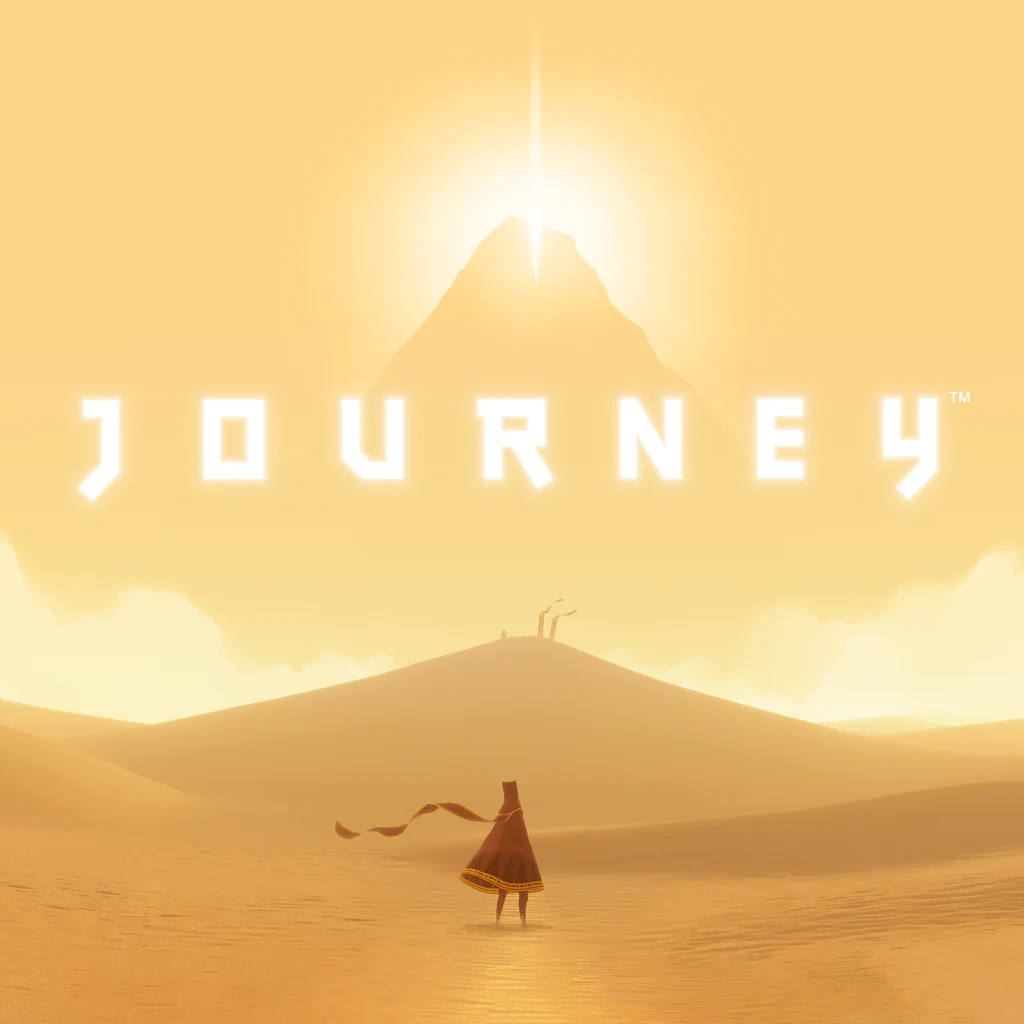
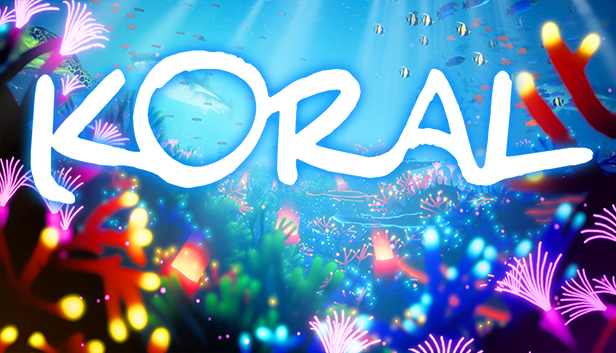
Koral (Carlos Coronado, 2019)
- Environment as Backdrop
- Non anthropocentric
Stardew Valley (Eric Barone, 2016)
- Environment as Resource
- Anthropocentric
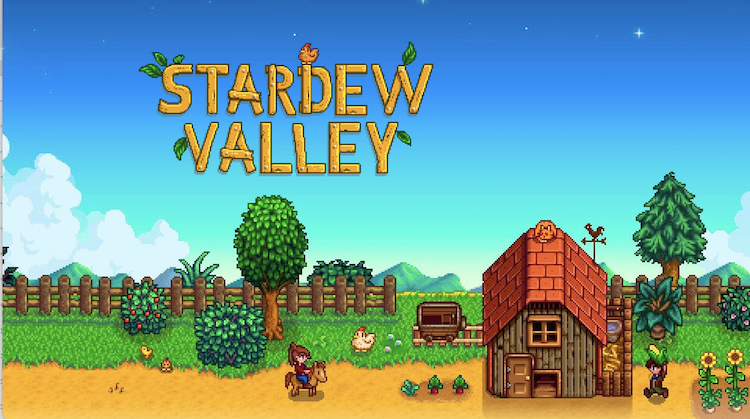
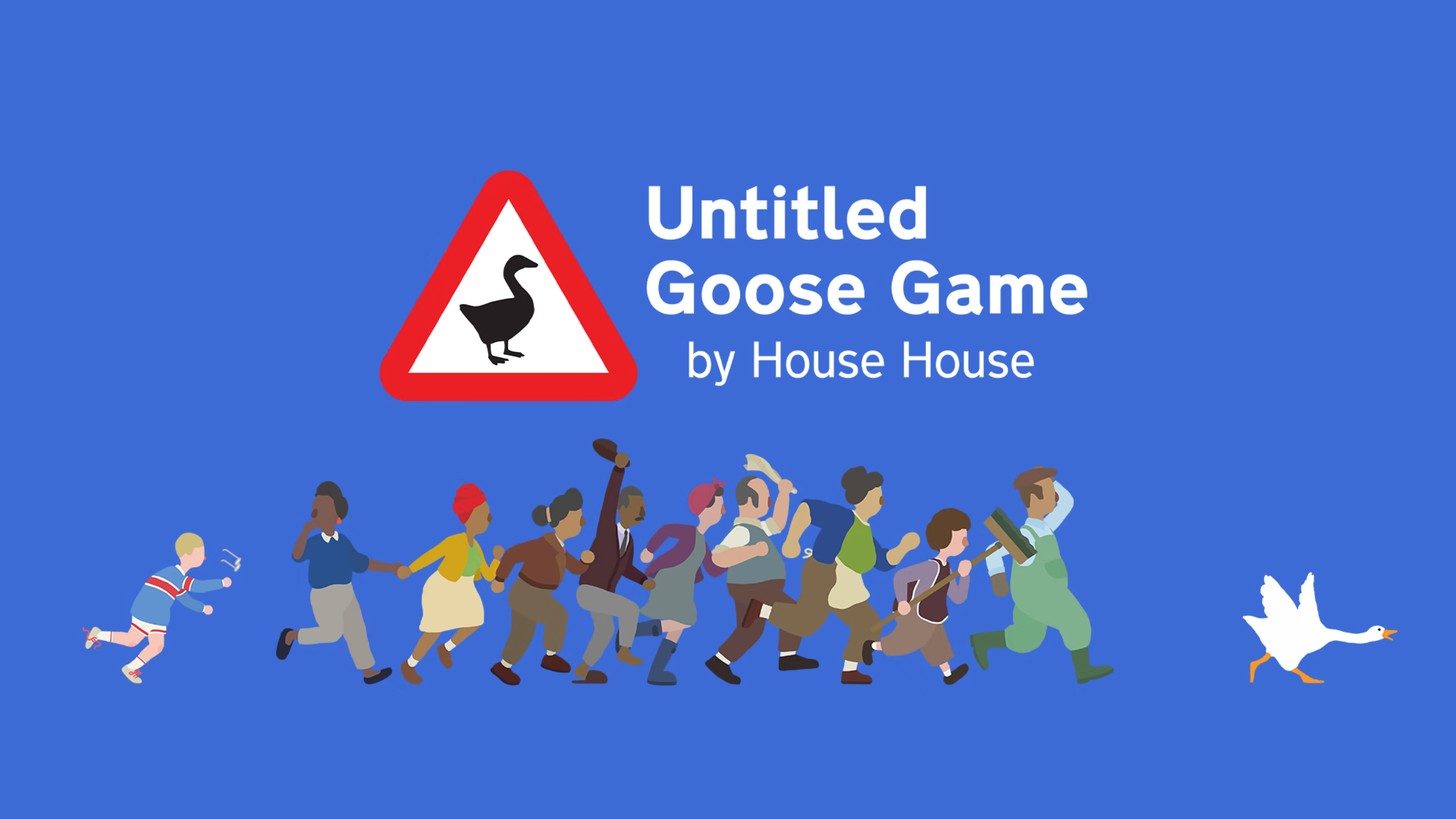
Untitled Goose Game (House House, 2019)
- Environment as Resource
- Non anthropocentric
Never Alone (Upper One Games, 2014)
- Environment as Antagonist
- Anthropocentric
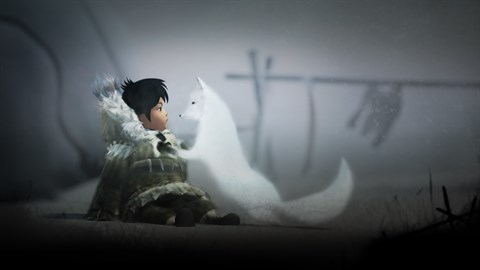
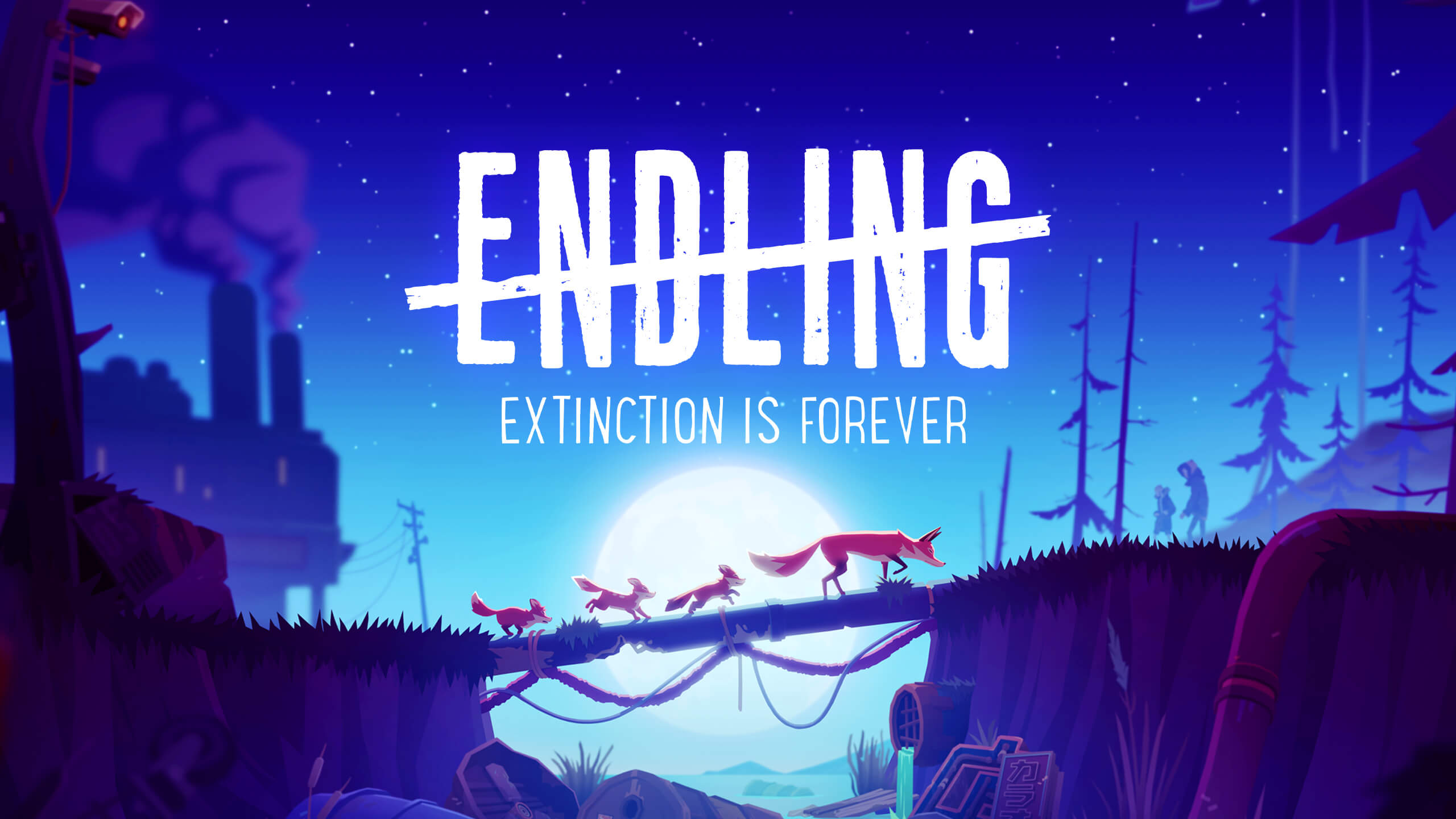
Endling: Extinction is Forever (Herobeat Studios, 2022)
- Environment as Antagonist
- Non anthropocentric
Block’hood (Eric Barone, 2016)
- Environment as Text
- Anthropocentric
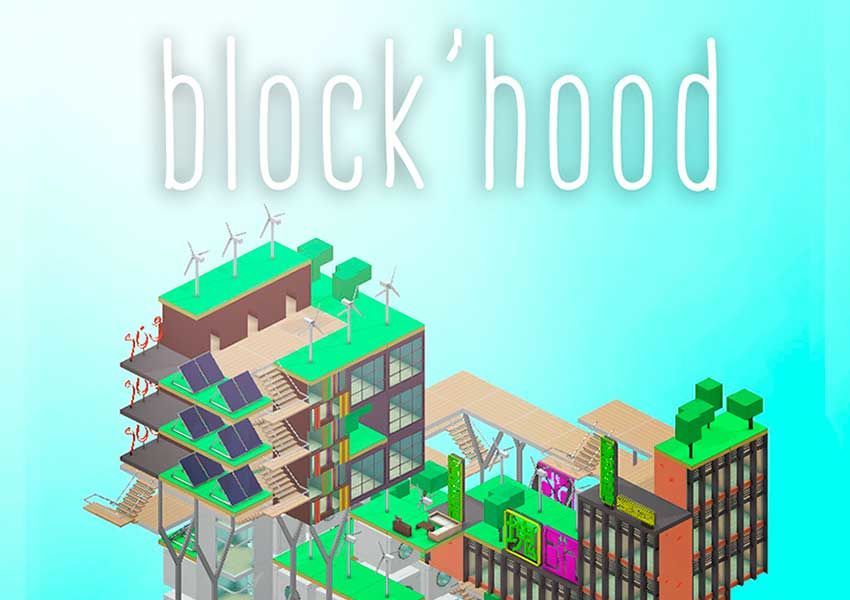
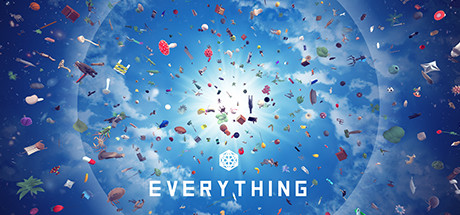
Everything (David O’Reilly, 2017)
- Environment as Text
- Non anthropocentric